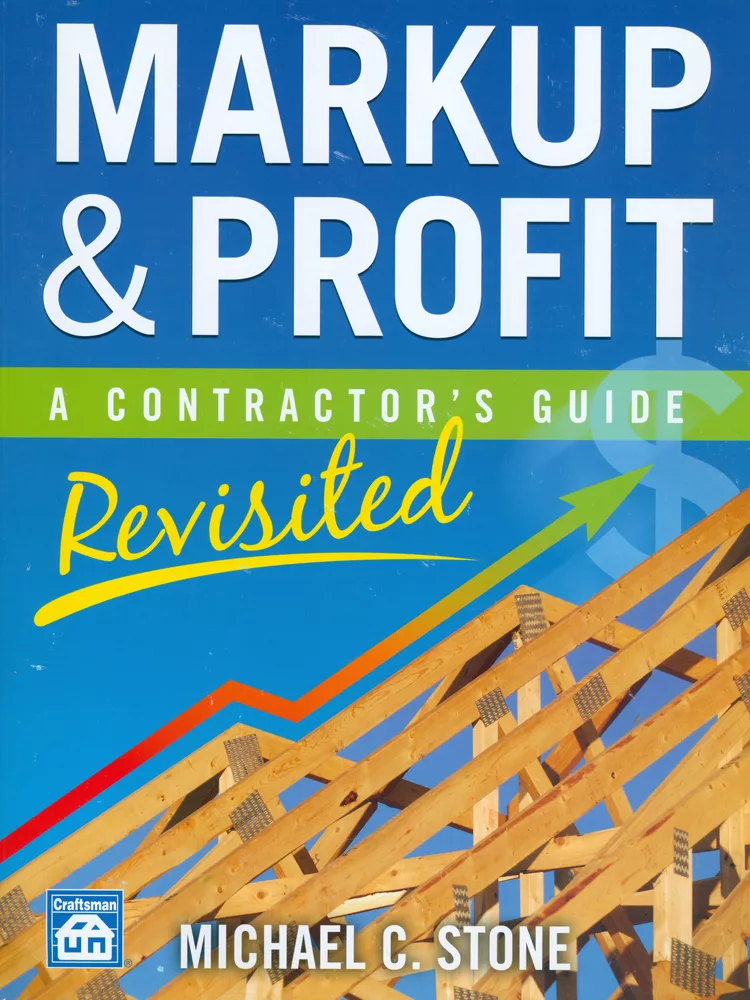Legally Speaking: A Contractor’s Guide to Increasing Accounts Receivable (Part VI)
On many building projects, owners have begun to require general contractors to furnish payment and performance bonds. In turn, general contractors have begun to require their subcontractors to provide these same kinds of bonds. A subcontractor that has not been paid for the work performed may have a claim against a contractor’s payment bond in order to get paid.
Bonds In General
In short, a bond is a guaranty. The most common bonds are performance bonds and payments bonds. A performance bond guarantees the owner that if a contractor does not finish the job, someone else will and the bond will pay them. A payment bond guarantees that subcontractors will be paid by the bond if the general contractor does not pay. Bonds are typically divided into private bonds and public bonds (i.e., government project).Private Bonds
Many owners require that the general contractor provide a payment bond to protect against claims by subcontractors and to insure subcontractors continue to provide labor or materials when the general contractor becomes financially unstable. When a subcontractor begins work on a job, he should ask whether the job is bonded and, if so, obtain a copy of the bond. Reviewing the terms of the bond will provide the subcontractor with his rights and responsibilities regarding the bond. Bonds usually require the subcontractor to give the owner and/or surety (company posting the bond) notice before making a claim on the bond.
To make a claim on the bond, a contractor should send the surety a notice of the claim. The notice should include all the necessary information regarding the claim (identify the project, identify the parties, identify the amount owed, and provide information regarding the labor or materials supplied). The notice should be sent certified mail so the contractor can prove it was received.
Public Bonds
Since government projects are not subject to liens because of the Doctrine of the Sovereign Immunity, governments require contractors to post bonds to protect subcontractors. Construction projects with the federal government are required to have bonds, in the Miller Act, 40 USC § 270a et seq. Most state projects are also required to have bonds. Even though it varies from state to state, most bonds and statutes require a claim to be made on a bond within one year from the date of last work on the project.Federal Miller Act
The purpose of the Miller Act is to protect contractors who provide labor or materials on federal projects. The project must be owned or about to be bought by the federal government. Sponsorship of a project by federal funds does not bring the contract under the Act.The Act applies to contracts to provide labor or materials in the amount of $25,000 or more. Contractors must be able to prove exactly which materials were used on the project. Since federal contracts can involve many projects, contractors are encouraged to specifically state on invoices which project and contract the materials are pursuant to. Cases have interpreted “labor and materials” to include gas, electricity, oil, telephone services, food and lodging, and rental of equipment used in the performance of the work called for in the contract. Cases have held that labor and materials do not include liability insurance, lost tools, and claims for money loaned.
Only contractors who deal directly with the government and first-tier subcontractors are covered by the Miller Act. The Act does not have a notice requirement for subcontractors who deal directly with the general contractor. The subcontractors must merely send a notice of claim 90 days after the date of last furnishing if they have not been paid. Subcontractors who did not deal directly with the general contractor and dealt with a first-tier subcontractor must send a notice to the general contractor and the surety within the 90-day period. If equipment was leased, the 90-day period begins to run from the time the equipment was last available for use on the project. If material was furnished under purchase orders, the notice must be sent within 90 days after the delivery of the last purchase order.
The notice must include the amount claimed and the party who received the labor or materials. The notice must be signed by the claimant and sent certified mail. To enforce the claim, the contractor must file a lawsuit in the federal district court where the project is located. The suit cannot be filed until after the 90-day period lapses, but must be filed within one year from the date of last furnishing. Most states have their own version of the Miller Act, and the state provisions are very similar.
The next issue will include a final word about bringing a bond claim. Other methods of collection will also be discussed.
Looking for a reprint of this article?
From high-res PDFs to custom plaques, order your copy today!





